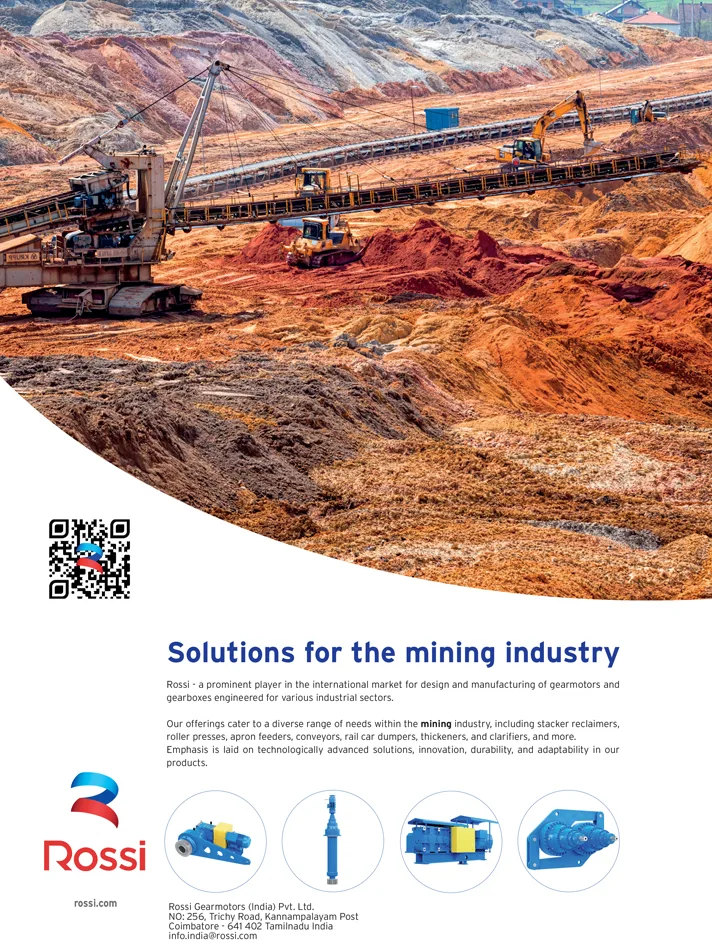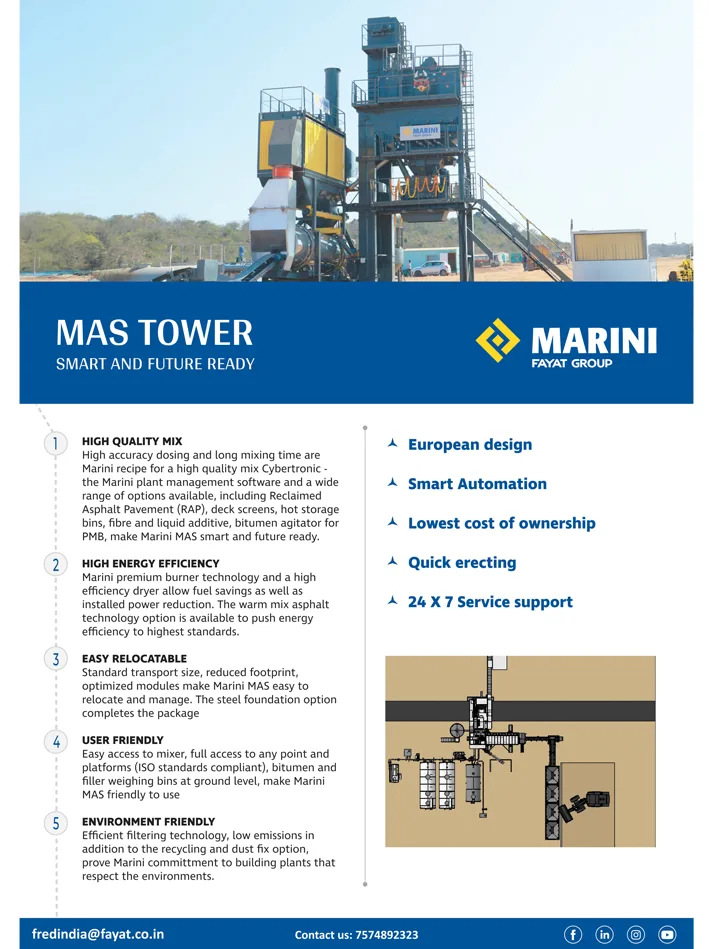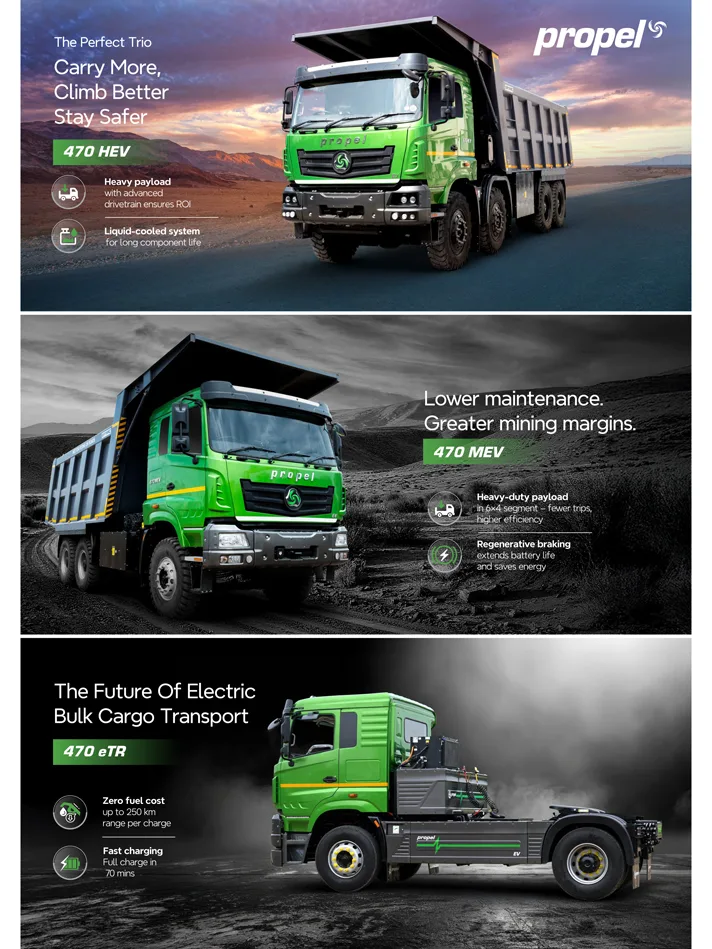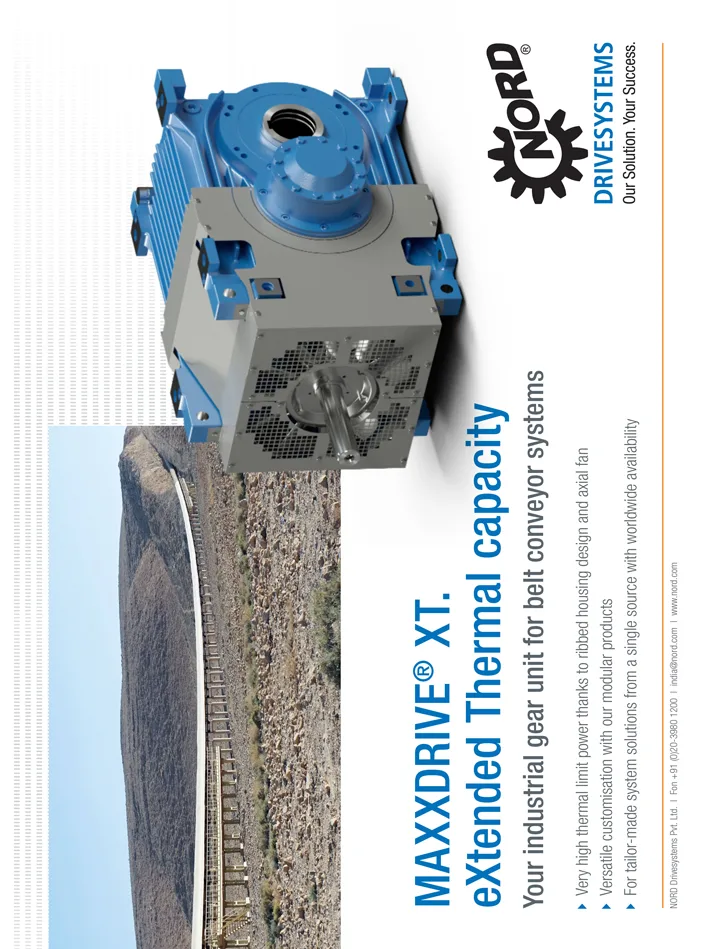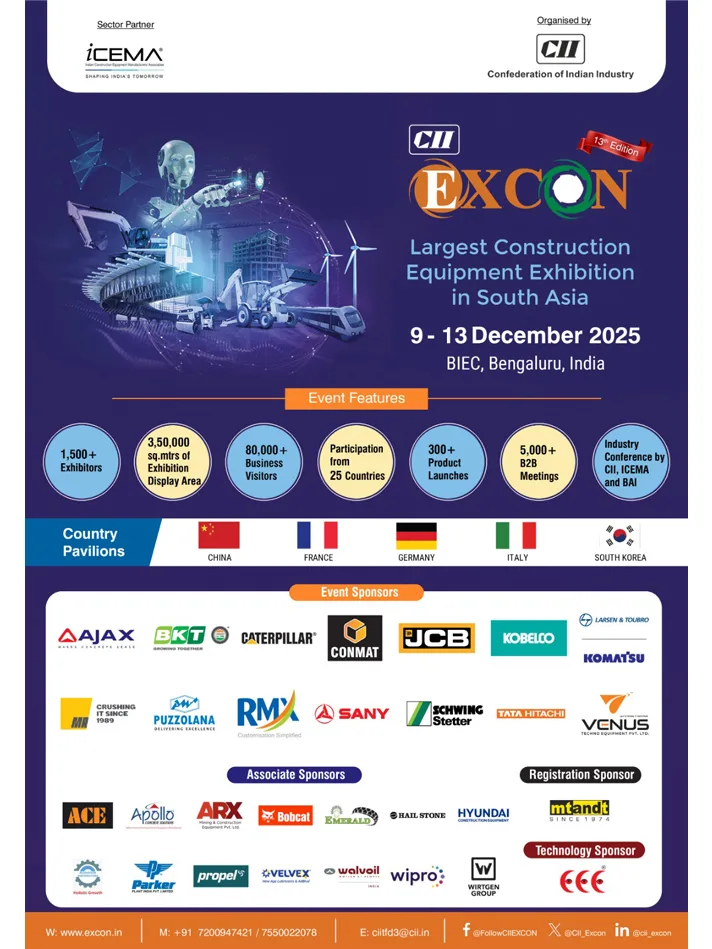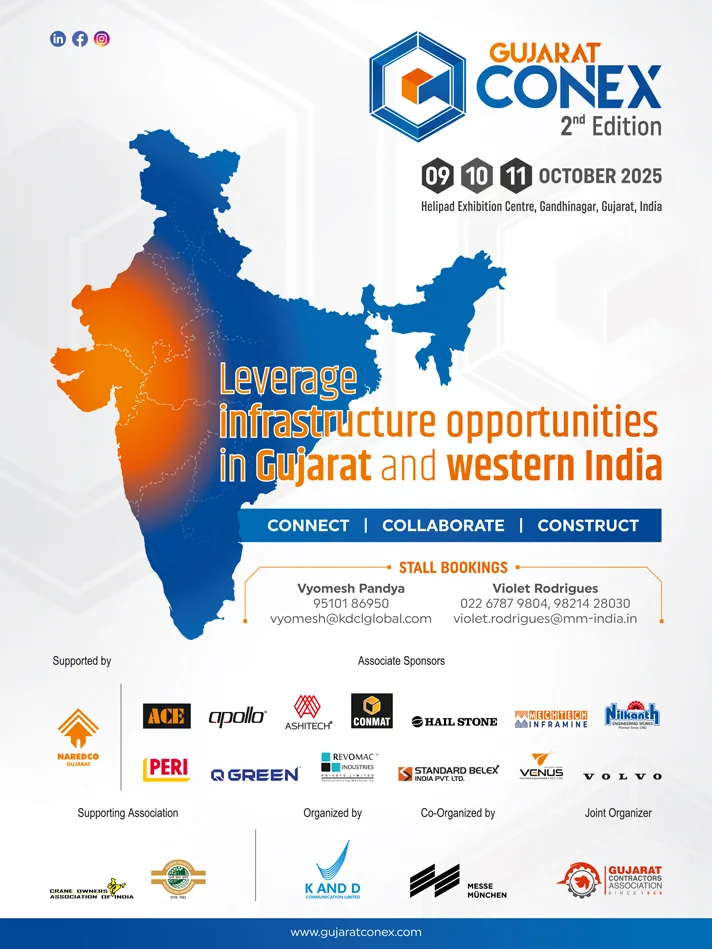Redefining Infrastructure: India’s Move Towards Smarter, Greener Growth
India’s roads, railways, and construction sites are starting to reflect a new philosophy—one that blends sustainability, digital tools, and modern engineering to meet rising infrastructure demands more intelligently.
Consider the recent pilot project where India began field trials using waste plastic geocells to build roads in tough terrains like the Himalayas and the Northeast. Beyond its symbolic value, this could become a practical model for circular construction—transforming difficult waste streams into structural assets and showing how environmental stewardship can merge with engineering innovation.
Equally notable is the Ministry of Road Transport and Highways’ move to overhaul how Detailed Project Reports (DPRs) are awarded. Moving from the traditional “lowest bid” to the new “sharpest bid” system is designed to encourage consultants to bring in deeper technical expertise and creative solutions, instead of just focusing on cost. Over time, this could help improve project planning and reduce the overruns and delays that often affect major highway initiatives.
Further, the ministry’s mandate to use precast concrete elements in non-critical parts of national highway projects marks a significant shift toward industrialized construction. Precast methods typically allow quicker execution, better quality control, and less disruption to traffic—pointing to a modular, factory-driven approach rather than purely site-based work.
On the railways, Indian Railways plans to leverage artificial intelligence and machine learning for predictive train maintenance. Smarter diagnostics could mean fewer breakdowns, improved safety, and better reliability for millions of daily passengers—proving digital transformation is not just an idea, but a tool shaping real operations.
Meanwhile, the Finance Ministry is working to widen its infrastructure pipeline beyond the current National Infrastructure Pipeline to sustain India’s capital expenditure push. This approach could better align public investment with the country’s evolving economic and developmental priorities. Adding to this momentum, the Indian mining and construction equipment sector projects steady growth of 2–5% in FY26—driven by infrastructure demand and gradual adoption of tech-enabled, efficient machinery.
Individually, these moves might appear incremental. But together, they reveal a larger rethink: aligning sustainability, digital intelligence, and modern construction methods to create infrastructure that is smarter, faster, and greener. India’s needs are large and growing. Meeting them will demand not only new materials and methods, but also the courage to rethink legacy models. Judging by these recent steps, that transformation has already begun.




